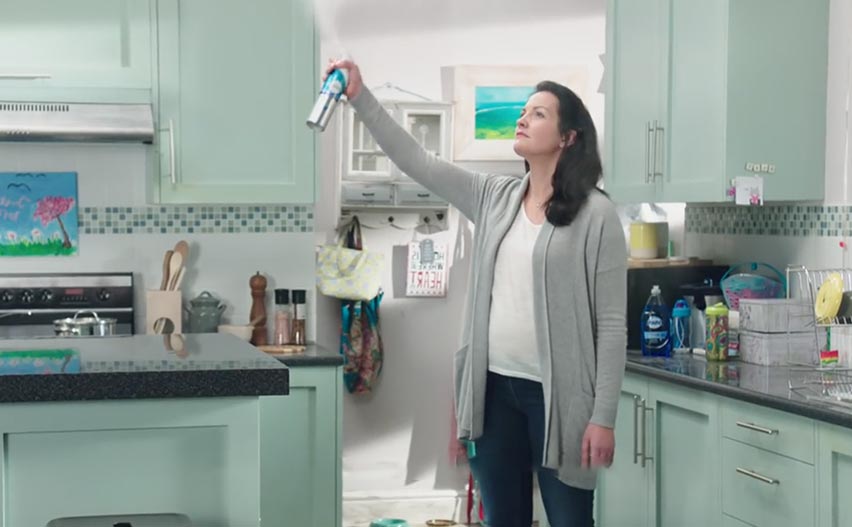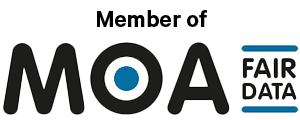Harley T. Procter's ingenious advertising idea
What if you are living in 1910 and wanted to sell your newly designed white soap by going door-to-door but kept getting the door slammed in your face?
On one occasion, Harley T. Procter, the son of Procter, was told, "I don't know you, why should I buy anything from you?"
After this impressionable encounter, Harley gets an idea which was pivotal to his billion dollar company - He has to advertise in the neighbourhoods before the salesmen make visits. Thus, he made ads announcing the product. In total, he spent over USD $11,000 on advertising space, a significant sum by 1910 standards and the largest advertising campaign to date.
The advertising budget of Procter and Gamble
Now, Procter and Gamble (P&G) spends USD $4 billion on advertising annually. P&G has more than 20 brands, each of which generates over a billion USD in annual sales.
Compared to its total revenue, an advertising budget of $4 billion a year is not much. Yet, P&G successfully accomplish its targets through advertising. How does P&G do this?
Neurensics investigated this by having test participants look at P&G advertisements in a MRI scanner. Then, using our established benchmark for effective advertising, we predict if the advertisement leads to the desired behaviour outcomes.
To achieve desired behaviours, more positive than negative emotions need to be elicited by the ad. By scanning multiple P&G ads, we discovered the secret and genius of Procter and Gamble's advertising formula.
All Procter and Gamble advertisements follow the same rules:
- Problem set up: help consumers recognise and relate to the problem
Every commercial by P&G starts by stating and magnifying the problem.
It could be the walking dust bunnies from Swiffer or the smelly rubbish container in the Febreze commercial. The problem could sometimes evoke a smile or an "awww" moment, like Pampers.
The most important thing is: the problem has to be clear. - Dramatic introduction of the solution: showing the usage and impact of the P&G product
After the problem, the solution is introduced immediately. No jokes or gimmicks, straight to the point. In the ad, it is sometimes provided by a helpful neighbour or the man who changes the diapers, to break through the conventional gender roles. - Side by side comparison: comparing the old and new situation
Then comes the most important moment: showing how the P&G product works and its results. This is often accompanied by a demonstration of what makes the solution effective: the six Gillette blades with its moving head or the powerful capturing of foul smells' molecules.
Next, you see the physical impact of the solution which was previously explained in a voice-over. This is because P&G have also discovered that we remember things better if we see and hear (and preferably also read) them. - End benefit celebration: every commercial uses the reflective power of human beings
We see happy people - product users who are satisfied with the result. Happy babies with Pampers, happy women with clean-shaven Gillette men and satisfied mothers-in-law with Febreze, because the house smells so good.
Success guaranteed
Through trial and error, P&G knows exactly how to create successful advertisements. If you follow this rule, you stand a good chance of winning an Effie award: the award for commercials proving to be effective in increasing sales or changing behaviour. An advertisement does not have to be creative to achieve this. You can see this in the following Febreze advertisement.
Febreze commercial Nose blind
fMRI results Febreze ad
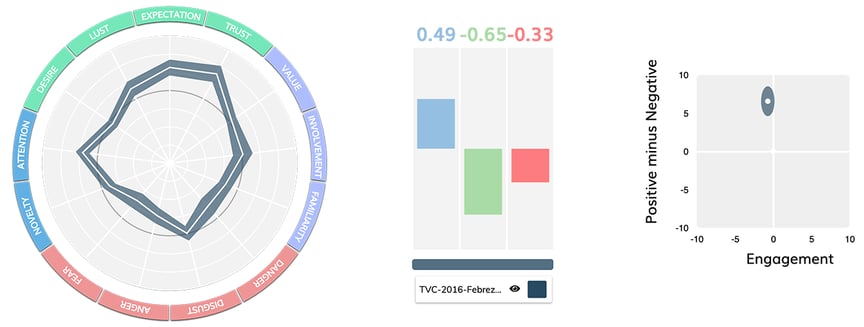
In the graph above, you can see the results of the fMRI study. In the correlation analysis (middle) you see that the advertisement has a particularly high correlation with Effectivity (blue bar), a.k.a. the average Effie.
It correlates negatively with Likeability (green bar) and also negatively with Annoyance (red bar). The latter is interesting, because consciously we often find these kinds of advertisements irritating.
Apparently, we are subconsciously more concerned with the product's utility than with the advertisement.
We can see this in the spider plot (left). All emotions related to buying intention - Desire, Lust, Expectation and Trust - score average or good. Expectation and Trust even scores excellently. The ad scores below the average Effie only when it comes to Desire. In other words, the product is not a coveted, trendy item but simply a solution to a problem.
The problem statement is nicely reflected here in Disgust which scores highly (in red at the bottom). This is likely caused by the smelly waste container in the ad.
How the Procter and Gamble formula is reflected in the advertisement
In the valence video below, you can see where positive and negative emotions are generated according to the advertisement timeline. Positive emotions are evoked when the line is rising, and negative emotions when the line is falling.
Contrast effect: after a negative event, evoke positive emotions immediately
In the ad, when the problem is magnified by making the table a waste container, negative emotions increase enormously (deep trough).
The solution and the explanation immediately follow, which introduces positive emotions (peak). By positioning the deep trough and large peak directly after each other, the contrast effect is created.
The positive emotions generated are perceived as even more positive than they are. Moreover, it helps viewers direct their attention, making the positive emotions effectively stored in the memory.
Important lesson: don't include more than one message in an advertisement
The first lesson in advertising is: do not put two messages in one advertisement. However, the Febreze advert did.
As you can see in the video, the advert lasted between 17 and 20 seconds. The positive emotions are high, the negative ones low, a good moment to display the packshot.
"Neurons that fire together, will wire together" is also a neuromarketing saying. Jointly activated neurons (brain cells) will continue to be 'on' together in the future.
So display your logo and pay-off at the moment when there are more positive than negative emotions. Then, your logo or pay-off will be tied to positive emotions in the brain.
The ad works well up until this point. But, then we see a long discussion between the advertising agency and the client and the consequence on participants' emotions.
A second message is introduced,
"We also have a small spray for the toilet."
Toilet? We were in the kitchen, weren't we? Who came up with the toilet?
At this point, we see the valence falling into the negative zone again (see the deep valley after the 20 seconds). Fortunately, it ended alright with the music turned up a notch and logo displaying a happy smile. The additional seconds is unnecessary and would have reduced advertising cost.
Conclusion
Following Procter and Gamble's formula correctly, you can be sure of your advertising effectiveness. The golden rules are:
- Problem set up
- Dramatic introduction of the solution
- Side by side comparison
- End benefit celebration
Crucially, limit yourself to one message per advert. This can prevent the arousal of negative emotions and save you unnecessary advertising time.
Do you want to know if your advertising (concept) will be effective or where your advertising (concept) could be shortened? Then take a look at: Neuro Ad Testing or Neuro Concept Testing.
Continue reading

The AI paradox: smart algorithms, dumb data
AI and the Brain: we understand enough about the brain to know that AI doesn’t Artificial...
Martin de Munnik Read in 6 minutes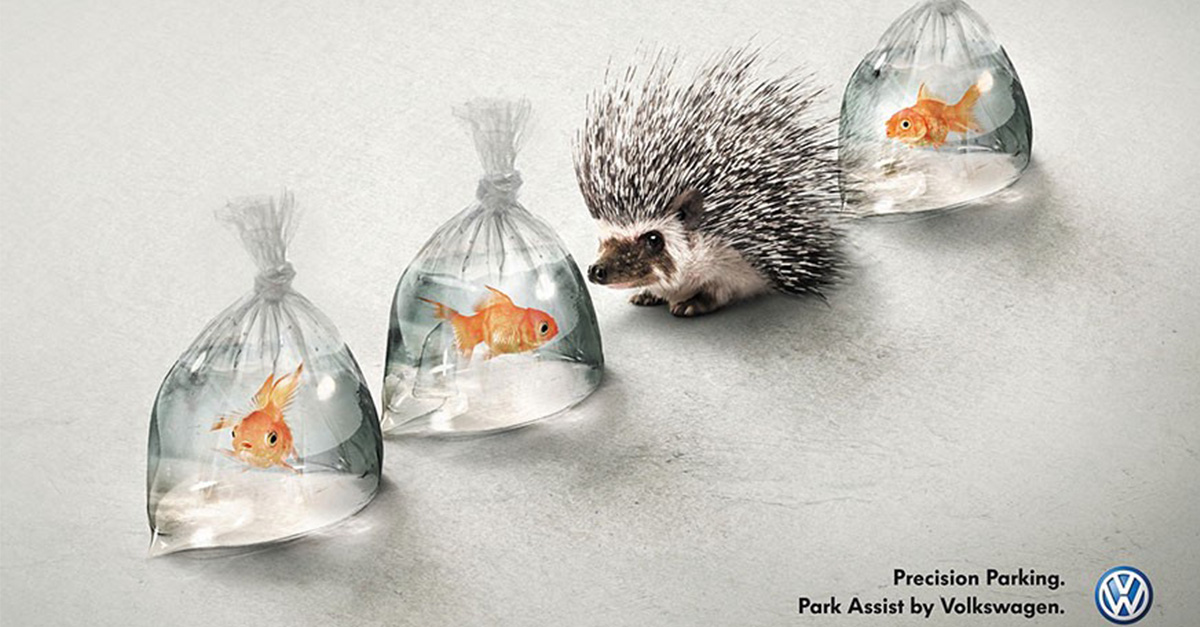
5 Tips to keep in mind during the creative development of a Campaign
Developing a campaign Working on a new campaign or have one coming up soon? Then your team or ad...
Neurensics Read in 9 minutes
The unique female brain
The science behind intuition, emotion, and decision-making We live in an era where the rise of...
Neurensics Read in 8 minutes
If sex sells, can a sexy man sell underwear?
Many people in marketing land from all over the world have an opinion about the Calvin Klein...
Neurensics Read in 15 minutes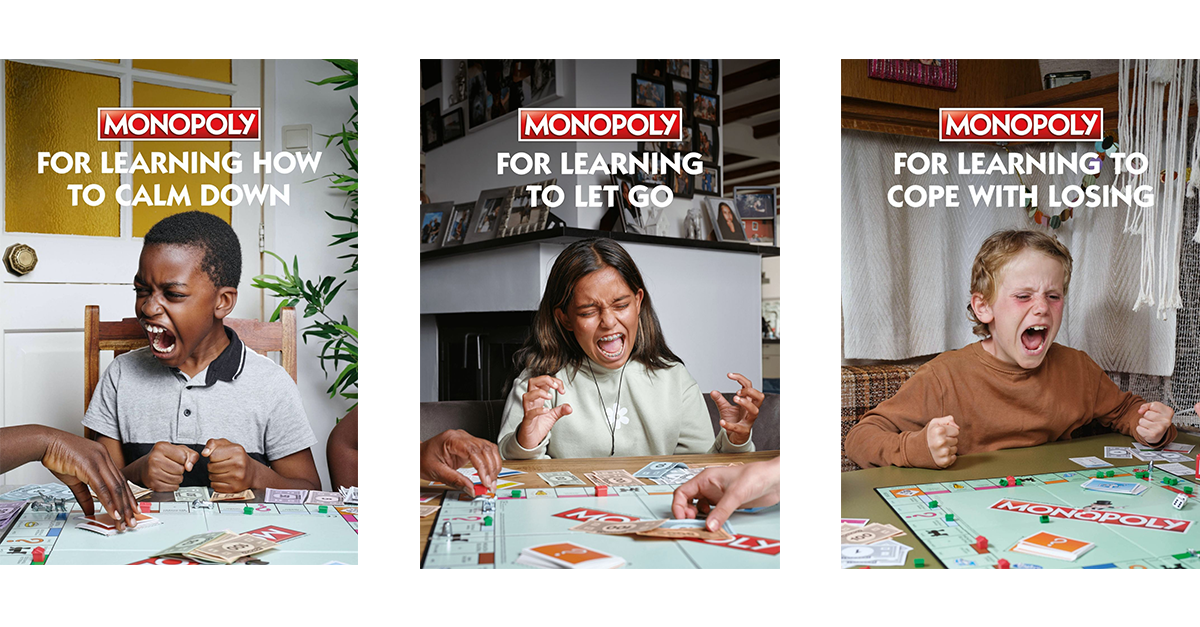
Angry faces: why negative emotions do work in this Monopoly campaign
First, let's look at some reactions on LinkedIn. There have been many positive and not so positive...
Neurensics Read in 10 minutes